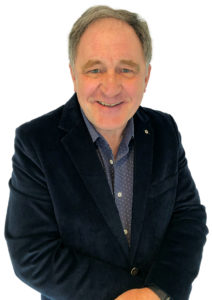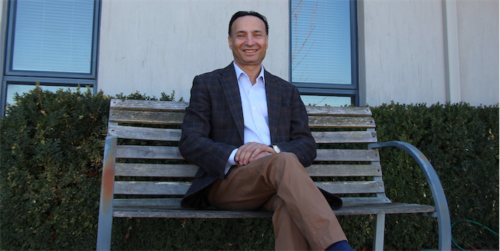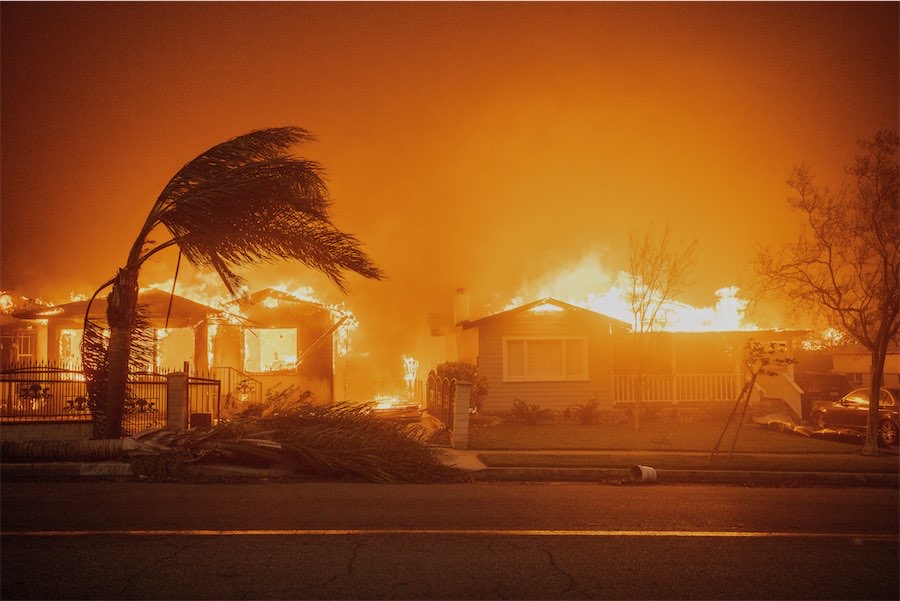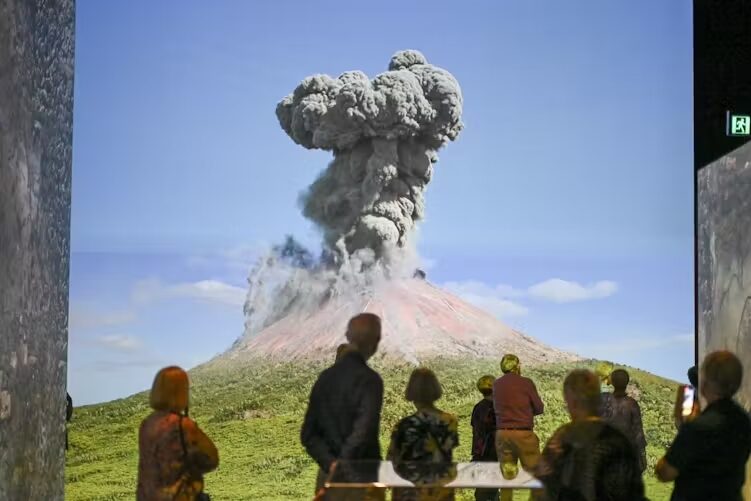There’s good bad news and bad bad news, all of it spinning like a top as the government presents the ghost Budget for this past year. All in another “Seven Days” with IAN MEIKLE.
THE good bad news from the ACT’s covid-delayed Budget that finally saw the light of day this past week is that the forecast deficit for this financial year (ending June 30) is tipped to be $603 million.

That’s about $306 million lower than the August estimate, but with this government that depends.
The bad bad news, and this paper’s columnists have warned and warned about this pre-covid, is that our profligate progressives have clocked up $4.7 billion in cumulative debt, which will balloon to an eye-watering $7.7 billion in 2023-24.
To spin the latest numbers, it looks like Treasurer Andrew Barr has pushed forward the best-case scenario because the slimmed deficit gambles on a successful vaccine rollout, no large-scale outbreaks and a progressive reopening of international borders.
So it was Spin Central when the Chief Minister presented this largely academic exercise in budgeting given it’s only going to be four months until the next one.
There were few shocks because most everything has been announced and actioned, ie freezing rates (sorta kinda), parking costs, fines and rego).
And Labor took the delayed Budget to begin pressing October’s election promises of $300 million, probably borrowed, for climate-change initiatives, including interest-free loans for domestic solar or batteries (is that right: they borrow money at a cost and loan it to us for none?).
Self-interest is rewarded by the, ahem, thoroughly appropriate $8.2 million earmarked for vaccines this financial year, rising to $10.8 million during 2021-22.

COLD consolation came recently to former Labor MLA Deepak-Raj Gupta, who lost his seat in the October ACT election. Readers may recall that the former member for Yerrabi tracked down Walter Burley Griffin’s 1937 grave in a derelict cemetery in Lucknow, India, and took it upon himself to have it cleaned up.

Last month, citizen Gupta got this note out of the blue from Cameron Algie AM, of Kew, Victoria: “I heard on ABC Radio your story of finding, then restoring, the grave of Walter Burley Griffin in Lucknow. As an ordinary citizen, I wanted to sincerely thank you for taking such interest in such a famous architect who did so much for Australia.
“I felt quite emotional that you were the first ACT politician or, for that matter, official to undertake such a task. Perhaps it takes the objectivity and far sightedness of an immigrant to see clearly what we in Australia are too foolish, or parochial to consider.”
THIS item came with a note from one of my snouts sardonically titled “How to make money in hospitality!” It concerns an Italian restaurant in Manuka that appears to be taking itself far too seriously. Under its front-door “trading hours” signage is an appended note that says: “Italian Brothers maintains no fixed opening hours, we are open six days a week and closed Sunday – God’s day.
“Like our forefathers in the homeland, Italians are flexible and relaxed peoples, as such rigid opening hours are not in our nature.” Like to see what the Australian Workers Union makes of those rosters.
ARTS editor Helen Musa reported recently on the 30th anniversary show of the Warehouse Circus called “Interrobang”, which was characterised as a summation of the company’s skills over the years.

Wondering what an interrobang was, I discovered it’s an unconventional punctuation mark conceived by retired New York ad man Martin K Speckter in 1962.
It consists of an exclamation point and a question mark superimposed on top of one another. It’s meant to signify a sentence that is a question as well as an exclamation, the typographical equivalent of a grimace or a shrug of the shoulders. For example, the interrobang would be used in an expression such as: ”You call that a hat?”
It looks like this – ? (often represented by ?!, !?, ?!? or !?!).
FELLOW columnist Marty Smith, who writes for my journalistic alma mater, “The Advertiser” in Adelaide, sent me this joyous correction from “The Canberra Times” of February 3, 1988: “For some considerable time ‘The Canberra Times’ has been publishing wrong tide times for Narooma. The error has been in arithmetical calculation in this office of the difference between tide times between Fort Denison, as published in standard tide tables, and times at Narooma. The error, the source of which is lost in antiquity, was discovered last week when the editor, relying on the ‘Canberra Times’ figures, was swept out to sea. But he managed to return to shore – and ordered this correction.”
Who can be trusted?
In a world of spin and confusion, there’s never been a more important time to support independent journalism in Canberra.
If you trust our work online and want to enforce the power of independent voices, I invite you to make a small contribution.
Every dollar of support is invested back into our journalism to help keep citynews.com.au strong and free.
Thank you,
Ian Meikle, editor




Leave a Reply